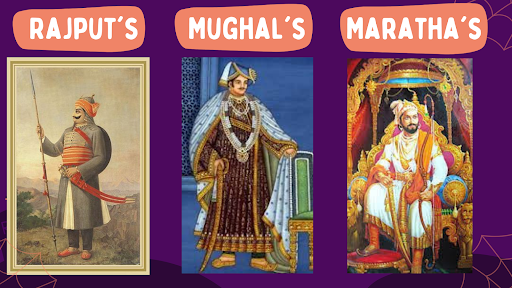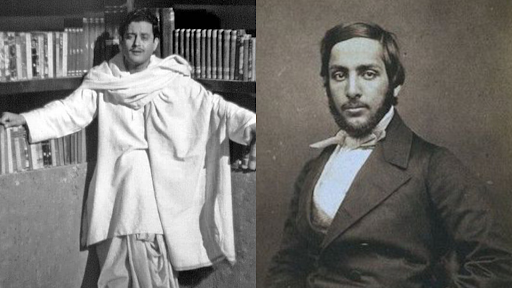The History of Indian Men’s Fashion 
A dive into the History of Indian Men’s Fashion | A guide to men’s fashion since the beginning

The classic business suit with a blue-black-brown color scheme is most people’s image of menswear. It’s easy to believe that men’s fashion isn’t as interesting as women’s. In this article, we’ve decided to travel back in time and observe what was fashionable at the time and how far we’ve progressed.
In a land as diverse as India, a country as old as humanity itself, a country as culturally rich as the one we live in, it is but fitting that we have a fashion history that acknowledges that diversity.
- The Royal’s
Beautiful castles and forts, excellent arts and music, expensive food, and, of course, spectacular clothes and fashion come to mind when we think of the wonderful centuries of kings and queens.
Between the Mughals and the Rajputs, there is no denying that these two kingdoms set the ground for centuries to come. The Mughal Dynasty ruled over India for almost three centuries, leaving behind a rich history that is still reflected in architecture, art, and fashion.
Every kingdom, whether it was the Mughals, Marathas, Scindia dynasty, or Rajputana kings, contributed a distinct quality and impact to ancient Indian design.
Many royal families have maintained their ancestry through their clothes and traditions to this day. They are the reason India’s fashion history is so rich and memorable, with the highest craftsmanship on apparel and maximum refinement in fabrics.
- Pre – Independence
Even in Indian men’s fashion, the British influenced several areas. Indian clothes, particularly that of Noble and upper-class men, were heavily influenced by western fashion. Wearing western clothing seems to be more of a status symbol. The hats were worn by members of various religions as a symbol of respect.

Sherwani’s one of the most popular festive attire of Indian men’s fashion wardrobe was a fusion of achkan’s and frock coats of the British.
The length, fabric, and huge flair from the waist are the main differences between Sherwani and Achkan. Sherwani is a little longer and more flared from the waist to the bottom than Achkan, while Achkan is more trimmed and tailored for a compact manly style.
Khadi was a fabric that exuded a sense of belonging. It intended to eliminate societal concerns such as untouchability while also attempting to close the gap between rich and poor people. Khadi was the fabric of everyone who desired to see a free, self-sufficient India on the road to restoring the Indian economy.

- Post – Independence
Following independence, the fashion industry experienced significant expansion and evolution. Western clothes were becoming increasingly popular, particularly in major cities. Embroidery is a popular site of intersection between Indian and western fashion, as well as a trademark of Indian fashion, and is widely employed on styles such as suits and a variety of other garments.
Post-Independence, Indian men adopted the western clothing style of suits, shirts, and pants, but also remained humble with not forgetting our roots and made amalgamations of dhoti-kurta’s.
Fashion is constantly expanding and changing, and its history is difficult to condense. In India, ethnic fashion is more popular than ever, with a focus on the rebirth of handlooms and local workmanship.
Global fashion’s effect on Indian wearing and clothes is growing by the day, making Indian fashion more adaptable. What is in and what is out will continue to impact our choices, but we can confidently claim that India offers the most brilliant and vibrant spectrum of fashion that is evergreen!


